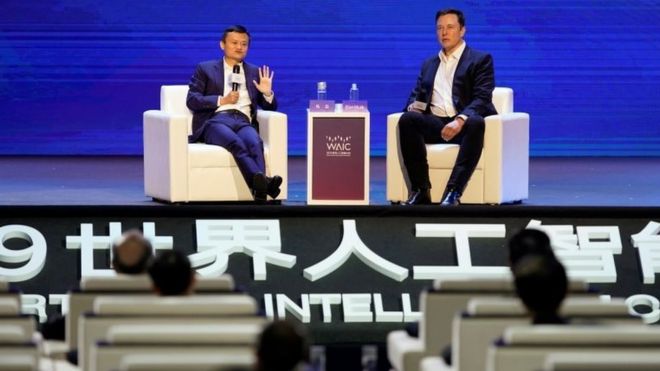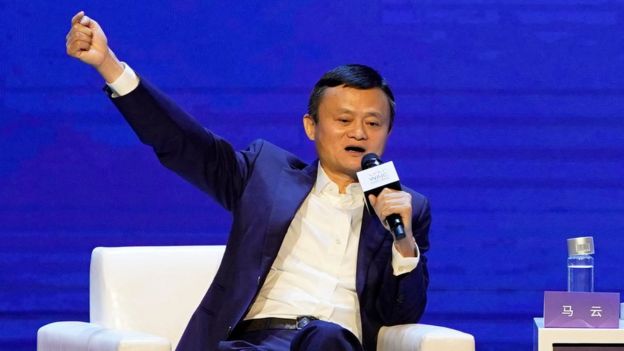It's no secret that AI is on the horizon. It seems like everyone's image of the future involves AI. As a real estate developer, I'm in the imagination business. Therefore, I like to think that AI will make our world better, not worse.
Here's a little secret: AI is already here. It's in the products we use. Streaming services like Netflix and Spotify use it, not to mention Apple's Siri, Amazon Alexa, and the Google Home. Their algorithms learn from your music tastes and viewing habits and recommend similar content to make these experiences more personal.
These products aren't scary. They're easy to use and delightful. For that reason, I think it’s time we stop thinking about how AI will harm us and instead focus on the ways it will help us live better lives. To that end, I'm going to show you the top 10 ways Africans can benefit from AI.
AI: A big deal?
But is AI the next big thing or just a fad? Well, here are some trends that show you how serious people are about AI
Public perception of AI is positive. In a survey, 61% of people think that society will become better with increased automation and AI. This sentiment is especially true among younger people who grew up a digital-friendly environment.
Venture Capital investment in AI is increasing. 2017 was a record year for AI investment. It was up 300% from the year before. Investors believe AI is going to influence almost every aspect of life, so they are making investments in many different industries.
Businesses believe AI will give them a competitive advantage. Over 80% of survey respondents believe this. AI will enable enterprises to move into other industries and markets. And here's the curious part, only 23% have incorporated AI into their business so far.
I believe these trends show that Nigeria has a great opportunity. We can ensure that AI increases the quality of life in our country.
The top 10 ways AI could benefit Africans
1. Self-driving cars: Human error is the leading factor for many car-related incidents, especially in Africa. Eliminating the human element will cut down on car accidents, making our streets safer. Some autonomous cars are already on the road in many parts of the world. And if passengers are no longer driving, they can spend time doing other tasks. The car can be redesigned to cater to those changing needs.
2. Doing dangerous jobs: Many people are worried that AI robots will take their jobs. But humans are still needed in the workforce. AI will only start doing dull or dangerous jobs. At the very least, humans and machines will work together.
3. Personalised medicine: A new kind of tattoo is emerging - the smart tattoo. It places health sensors in your skin and can tell you when your blood sugar is low or if you are dehydrated, for example. These tattoos are as informative as they are decorative.
4. Improved elder care: AI could enable the elderly to retain their independence. AI-powered robots could keep people engaged by providing conversation, reminding them to take medications and offering suggestions for mental and physical activity. Overall, AI could provide wellness and environmental monitoring.
5. Virtual personal assistants: You might say that Siri or Alexa are already doing this. But I believe that they will only get more sophisticated. Just as smartphones spread throughout Africa like wildfire, so too will smart home and virtual assistants in the 2020s. There are many new services out there from companies large and small that will book your meetings, find you places to eat and drink, and most importantly, understand your questions and give you the right answer.
6. Smart homes: AI could automate your entire home, resulting in energy savings. Imagine the air conditioning turning on when you get home from work and the lights dimming for ambience. And when someone knocks on the door when you're away, you can check your phone to see who it is. These systems are meant to be intuitive and straightforward.
7. Better prosthetics: AI is now powering prosthetics. Prosthetics are embedded with cameras using computer vision. The camera takes a picture of the object and makes quick calculations about the proper grasp needed to pick up the object. These prosthetics are ten times faster than competitors.
8. Improving education: AI could benefit African education in many ways. It could automate tasks like grading, help improve courses, and tutor students. On a side note, many universities are starting AI programs for study.
9. Making entertainment more personal: I mentioned earlier that services like Spotify and Netflix are already using AI. And it's only going to get more personalised. AI will be able to analyse a movie scene, understand what characters are feeling, and determine the mood and themes of specific content, among others.
10. Boosting creativity: AI has written movie screenplays and painted paintings worth thousands of dollars. If you ever want to draw but you don't know how to start, AI can help you. Google released a program that guesses what you're drawing and then presents you with a list of previously created drawings. Writing, music, and design are also using AI.
This list offers only a glimpse into where AI can take us. The possibilities are truly endless. The best part is that we don't need to wait too long for its arrival.
Source:https://www.pulse.ng










 Click to Enlarge
Click to Enlarge